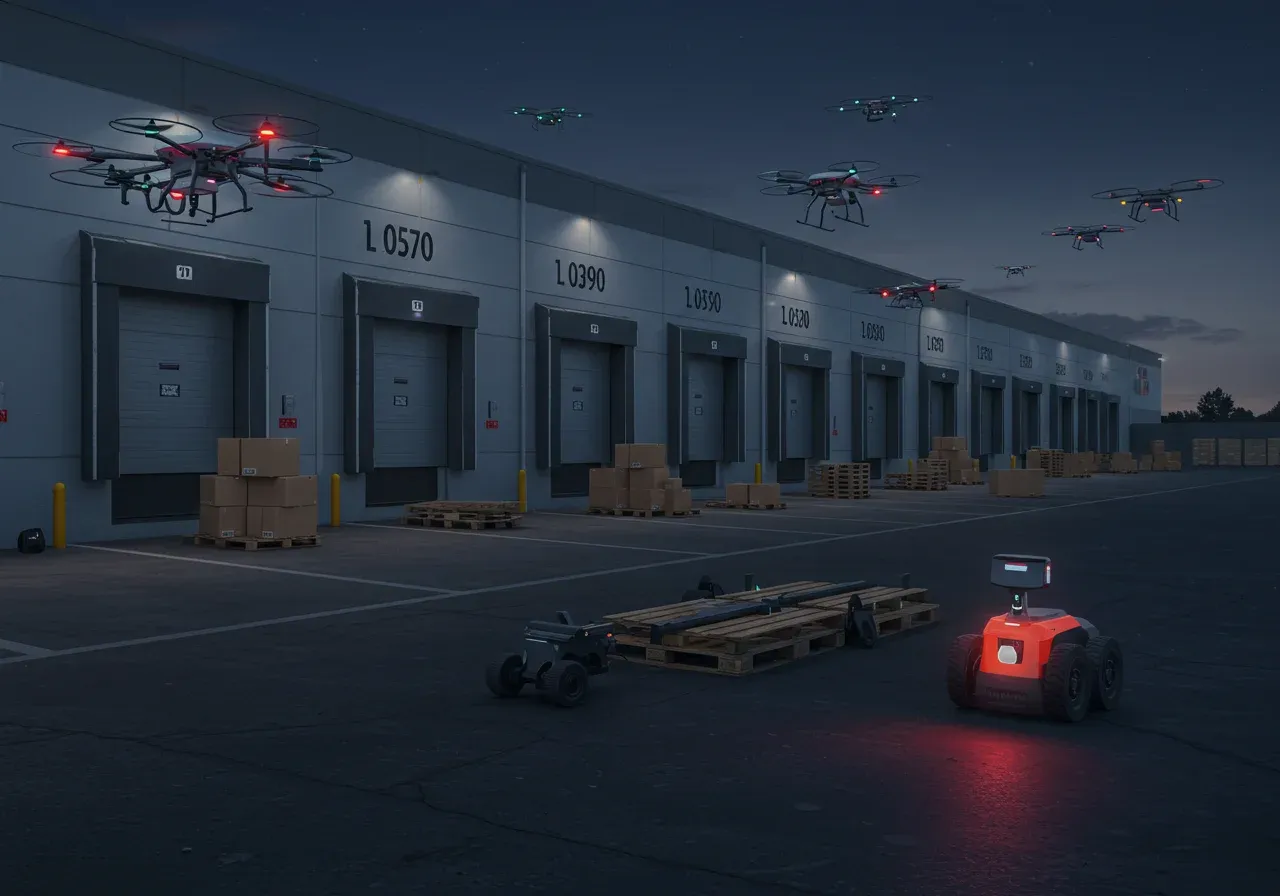
Transform Your Fleet with Telematics
Optimize fleet operations with real-time telematics data, reducing fuel costs by up to 15% and enhancing driver safety through precise monitoring.
Advanced Telematics for Fleet Efficiency


Real-Time Vehicle Performance Insights
Industries We Serve
- Transportation: Our logistics solutions enhance route optimization for public and private transportation companies, reducing delivery times by up to 25%. With GPS tracking, monitor fleet vehicles in real-time to ensure timely arrivals and departures.
- Logistics: Through our Topic Tabs service, logistics firms can achieve a 30% increase in warehouse efficiency by automating inventory tracking and improving supply chain coordination. This minimizes stockouts and overstock situations, leading to higher customer satisfaction.
- Construction: Utilize our solutions to monitor equipment utilization and downtime on construction sites, increasing productivity by 20%. Ensure compliance with safety regulations and streamline maintenance schedules for heavy machinery with predictive analytics.
- Utilities: Integrate our service to achieve 35% more efficient asset management. By using real-time data, utility companies can swiftly respond to outages, manage resources effectively, and optimize grid performance, ensuring uninterrupted service delivery.
- Public Sector: Enhance fleet management for governmental agencies by employing our telematics to achieve a 15% reduction in operational costs. Improve service delivery and accountability through precise vehicle tracking and detailed performance reports.
Key Telematics Technologies
- GPS Tracking: Utilize high-precision Global Positioning System (GPS) tracking to monitor vehicle locations in real-time, enabling dispatchers to make informed routing decisions and improve delivery accuracy by up to 30%. For instance, a leading food distribution company reduced delivery delays by 25% using our GPS solutions.
- Route Optimization: Implement dynamic route optimization algorithms that consider traffic patterns, weather conditions, and delivery windows. This reduces transit time by an average of 18%, as seen in a case study where a retail chain saved 12 hours weekly on deliveries.
- Driver Behavior Analysis: Deploy advanced telematics software to analyze driver behaviors such as harsh braking, rapid acceleration, and excessive idling. This insight has led to a 20% reduction in accident rates for a major logistics firm by promoting safer driving practices.
- Maintenance Alerts: Receive predictive maintenance alerts based on vehicle diagnostics, preventing breakdowns and reducing maintenance costs by up to 25%. A regional courier company minimized vehicle downtime by 15% through timely servicing prompted by these alerts.
- Fuel Management: Optimize fuel consumption with telematics-driven analytics that identify inefficiencies and track fuel usage patterns. This has resulted in fuel savings of up to 12% for a national transportation service, enhancing their sustainability efforts.
Telematics Features
Location Tracking
Utilize GPS-based location tracking to monitor vehicle positions in real time, ensuring route adherence and reducing idle time by up to 12%. Enhance customer satisfaction with accurate delivery ETAs and optimize route planning based on traffic conditions.
Time Management
Streamline operations with automated time tracking and driver activity alerts. Generate detailed reports on driver hours, breaks, and shift patterns to comply with regulations and improve route efficiency by 18%, minimizing overtime costs.
Performance Monitoring
Leverage onboard diagnostics to track key performance indicators such as fuel consumption, engine temperature, and tire pressure. Implement predictive maintenance strategies, potentially extending vehicle lifespan by 25% and reducing unplanned downtime.
Safety Enhancements
Enhance driver and fleet safety with real-time monitoring of driving behaviors, including harsh braking and rapid acceleration. Receive customizable alerts to address unsafe practices, reducing accident rates by 30% and improving overall safety compliance.
Data-Driven Decisions with Telematics

Telematics Benefits in Logistics
- Increased Efficiency: Achieve up to 25% more efficient route planning through advanced telematics, which minimizes idle time and optimizes delivery schedules. For instance, a regional delivery service cut delivery times by 30% using AI-driven route analysis.
- Cost Reduction: Reduce operational costs by leveraging telematics to decrease vehicle maintenance expenses by 20%. Predictive maintenance alerts identify mechanical issues before they escalate, saving an average of $500 per vehicle annually.
- Enhanced Safety: Implement telematics to track driver behavior, reducing accident rates by 15%. Real-time alerts for harsh braking and acceleration enable managers to provide targeted driver training, improving overall fleet safety standards.
- Improved Logistics: Boost logistics efficiency by integrating telematics with supply chain management systems. This synchronization allows for precise inventory tracking and has led to an average order fulfillment improvement of 22% among users.
- Data-Driven Strategy: Develop strategic insights by analyzing telematics data trends over time. One logistics company used such insights to expand into new markets, increasing their market share by 18% within a year.
How Telematics Solutions Work
Optimize with Predictive Telematics
You may also be interested in
Maximize your potential with our seamless, end-to-end supply chain solutions.

Automation
Leverage state-of-the-art automation to optimize logistics, boosting operational accuracy by up to 30% while minimizing human error. Enhance supply chain agility and cut transit times significantly.

EDI
Enhance accuracy and speed in transactions by integrating EDI, reducing manual errors by up to 90%. Elevate supplier and partner interactions with seamless data exchange, driving efficiency across your logistics network.

Customer Relationship Management (CRM) Integration
Transform your logistics with seamless CRM integration. Improve customer interaction efficiency by 30%, increase order accuracy, and reduce response times, leading to higher customer satisfaction.